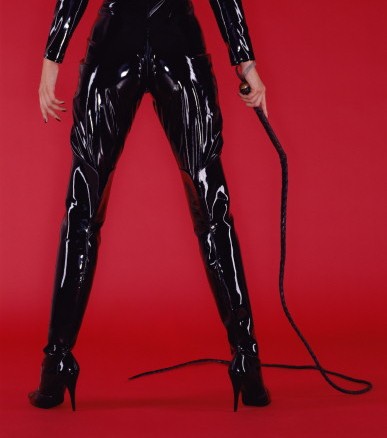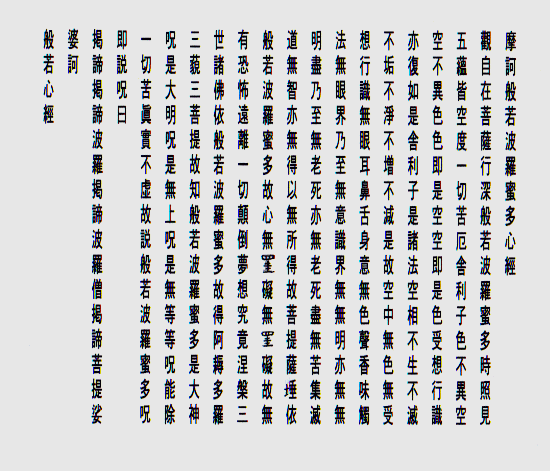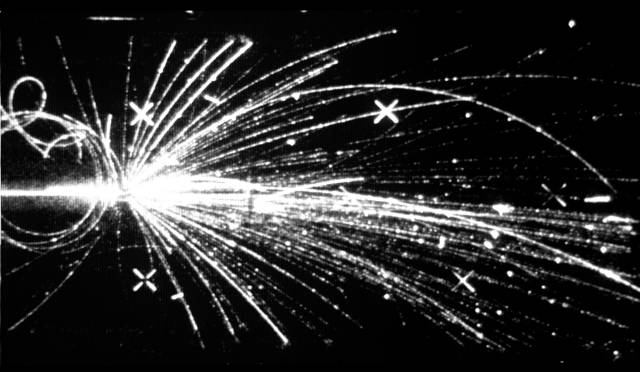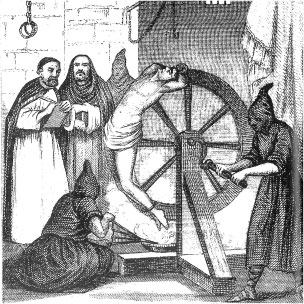Well, in the shameless plug department (whoever once accused me of that here, this one's for you) I curated a show that opens at and/or gallery this
Saturday, September 15. Actually, I’m discussing it more as an opportunity to disseminate
some of the information behind the show, as well as using this as a convenient blog
topic. Rachel and Rainey have been cracking the proverbial whip, with demands
for multiple posts per week. Oh noble leaders, I've felt the sting of your lash!

The
working title for the show is ”Form/Emptiness,” but it’s just as well they don’t
title shows at and/or. The postcard might look overly back-slashed. Actually,
the gallery just gives the shows numbers. This one is #11, which
numerologically relates to my birth number or something, so that’s probably auspicious.
I
spent a number of years studying Zen kind of intensely, living in monasteries
and whatnot. Everyday, twice a day (more during intensive retreats,) devout Mahayana
Buddhists (not to get too detailed, that includes Zen-ists) chant the Prajna
Paramita , or “Heart”, Sutra. It’s a nifty consolidation of a much larger body
of texts, kind of like taking the New Testament and summing it up with St
Francis’ prayer (but not exactly; best that came to mind.) There was a movement
in Buddhism at one point to write these huge mind-blowing psychedelic sutras (Flower
Garland, Diamond, Lotus, etc) and then create increasingly condensed versions,
until there was just a mantra that supposedly had the same effect – like the na myoho renge kyo of the Nichiren sect,
which is claimed to be the essence of the Lotus Sutra, which they state is the
best one (lots of playing faves and carving of niches in the Japanese Buddhist
marketplace 800 years ago. Nichiren actually condemned the entire nation to
hell if they didn’t accept his doctrines, which seems really sort of uncool,
not to mention un-Buddhistic. But it proves the monotheists don’t have a corner
on intolerance.)
So, the Heart Sutra, in true Buddhist fashion,
is a kind of scientific, kind of philosophical treatise at the same time it’s a
devotional religious hymn. In most places it’s chanted in transliterated forms
incomprehensible even in the countries its been recited for centuries, much
less here in the US, where I have heard it in Korean, Mandarin, Vietnamese,
Cantonese, Japanese and others. I know a number of different versions from
memory, though they start to fade these days. But they’re all based on the Sanskrit
original, so it’s the sounds that are mimicked, for their mantric effect. In America though,
most centers have developed English versions too, so that you chant it in both,
and can get some meaning with your mantra.
The
heart of the Heart Sutra is the assertion that the apparent ‘forms’ of this
wordly shore we find ourselves cast upon are all ‘empty’ – empty of intrinsic being,
constantly in flux, changing, ephemeral (“life is just a flash of lightning in
the dark”); and everything is likewise empty of separate self, each being totally interdependent with all other beings. Lest
we fall into the trap of “attachment to emptiness” (which can look like the
nihilism Zen is often accused of) the Sutra follows up “Form is Emptiness” with
the statement “Emptiness is Form,” which indicates that emptiness is not an
idea, an ideal, something that pre- or proceeds existence, but is a living,
radiant glow that is apparent in every form, right now and always, if you can
but perceive it. It is from this understanding (which is not intellectual, but a fundamental quality of your very nature,) not a belief in a deity or
supernatural power, that freedom might be found from all the persistent niggling
attachments of existence; and stemming from this understanding is the highest
ideal of the Mahayana – compassion toward all. Say the Buddhists: we’re all in
this mess together, folks, and nothing and nobody gets outta here alive. Please
be kind, and remember to rewind.

This
all happens to dovetail neatly with nearly every advance in Western thought,
art, science, medicine, psychology etc in the last 100 years, which interests me
a lot, and many other people too it seems.  Not to be sectarian, all those other
Not to be sectarian, all those other
Eastern traditions say many of the same things, and the European ones too;
though with the latter (and often in the former) it ended up maddeningly
esotericized to keep the initiated from being barbequed. Who could actually
figure out what they were talking about? “How can we rack a guy for just trying
to turn lead into gold ? We want more gold! But it’s just so much easier to invade the New
World.”
Ok,
with ‘Heart Sutra 101’ behind us, back to this show. Before I get more accusations that somebody in
Waco didn’t get
a studio visit though their work would have been perfect, please understand
that I’m not that well organized, or ambitious. Paul Slocum invited me, and this idea asserted itself, of trying to find artists whose work
touched on this "form/emptiness" subject in social, philosophical, or aesthetic ways. I came up
with a couple names, and then I asked people who they thought would work (thanks
Noah, Danette, Marty, Christina, John, Barry, et al!) I sent some emails, some people
said yeah, sounds cool, ok. And work began to arrive — magic! We had no budget, and to say the gallery ain’t
big is to understate the case. But I think we managed to find some awesome, appropriate
artists and work.
Terri
Thornton is introducing some new things – carefully erased New Yorker articles on
artists, like Brice Marden and Gerhard Richter, with bits of texts and images faintly visible, the
pages worn fragilely thin. Much more than just a riff on Rauschenberg. Daniel
Subkoff lives in NYC, and has shown at Canada gallery. He practices yoga
and meditation, which informs his delicate wire-y drawings, that look almost
like figurative DNA mandalas. Greg Metz is including some eery photographs of
office parks at night; a fascinating departure for him. Chris Hefner is a young artist from Chicago, and he’s including some films and
prints. They speak of the shimmering, hazy, subjective atmosphere of memory and
desire. Devin King, also from Chicago, is showing a multimedia installation,
that I don’t pretend to yet understand but somehow involves urban space, Kierkegaard,
God, and Leone’s “The Good, the Bad, & the Ugly.” King was a student of my
good friend Stephen Lapthisophon, who is including a poignant, tactile mail art gesture,
playing with presence and absence and a fragment of Heidegger.
Johnny
Robertson paints the actual atmosphere – in the case of his inclusion (a fabulous silver slab of paint), the smog
of LA. Kana Harada was the first artist I thought of, and for those of you
familiar with her “birdcages,” she’s using this chance to do some different things.
Many of her pieces directly (though subtly) reference Buddhism, and her art is
very much an extension of her spiritual practice. Rinpa Eshidan is a collective
of artists based in Tokyo,
who film their whimsical intrusions into public spaces, recording the cycles of
creative acts done for their own sake, and not so much a product. Cameron
Robbins hails from Melbourne,
Australia. He
builds beautiful machines that look like Victorian scientific apparatus, and
record the motions of wind, water, earth and sky, producing products that are
luscious and, I find, profoundly evocative.
I
haven’t hung the show yet, but there have been a lot of hours spent lying in
bed visualizing where everything is going to go…I went from worrying I didn’t
have enough artists to worrying I have too many. But they’re all great people and artists, and I like all the work, so
I hope some other people will too. It reflects aspects of my taste, but it’s
not the final word, even for me. I was drawn to work that felt a little more
indirect, ephemeral, conceptual perhaps – maybe partly in response to the
bright, shiny, plastic-y, funny, deer-y/mushroom-y, op-arty stuff I’ve seen so
much of lately, carboning up my sparkplugs a little. I hope it all comes
together. Come by the opening or, better, during the month when you can
actually see the work and “meditate” upon it more freely – or both!


